INTELLIGENT WORK FORUMS
FOR ENGINEERING PROFESSIONALS
For more information, please visit our website.
Contact US
FIRST NAME
*
LAST NAME
*
EMAIL
*
MESSAGE
*
ADDITIONAL DETAILS
Thanks. We have received your request and will respond promptly.
Log In
Come Join Us!
Are you an
Engineering professional?
Join Eng-Tips Forums!
- Talk With Other Members
- Be Notified Of Responses
To Your Posts
- Keyword Search
- One-Click Access To Your
Favorite Forums
- Automated Signatures
On Your Posts
- Best Of All, It's Free!
Join Us!
*Eng-Tips's functionality depends on members receiving e-mail. By joining you are opting in to receive e-mail.
Posting Guidelines
Students Click Here
Promoting, selling, recruiting, coursework and thesis posting is forbidden.
Eng-Tips Posting Policies
Contact US
Control Valve confusion, Ball or Globe?
8
thread798-86043
Forum
Search
FAQs
Links
MVPs
-
Forum
-
Search
-
FAQs
-
Links
-
MVPs
Control Valve confusion, Ball or Globe?
Control Valve confusion, Ball or Globe?
reiszal(Chemical)
(OP)
3 Feb 04 03:50
Hi guys,
As far as I am concerns, from API RP 14E, the most suitable valve type for control valve is Globe type. But after awhile I have come to know that sometimes we do use ball valve as control valve. But it is not very often. One of my colleagues told me that we use control valve of ball type when there is shearing effect on that flow. His explaination about shearing effect is not convincing enough.
My question are what is shearing effect actually? Which is one is the most preferred choice globe or ball?
RE: Control Valve confusion, Ball or Globe?
22082002(Chemical)
3 Feb 04 06:11
I will add to more confusion.
In our polymer plant, which had 8-9% polymer of C2, C3 and some more compounds, where we needed stricter pressure control. So we used ball valves with 2 triangular notches in the ball and two in parallel of 4" size.
RE: Control Valve confusion, Ball or Globe?
TD2K(Chemical)
3 Feb 04 16:20
Ball valves can be used as a control valve. They will typically have a notch or V in the ball to improve control charateristics.
Advantages over a conventional globe are higher Cvs in a given body size and better turndown.
Cost can also be a factor especially in the larger globe valve sizes. As an example, I'm looking at a 4" control valve for 550F HVGO service. A conventional 316 SS ED valve is 2x the price of a Fisher V300 valve, the ball valve has about a 50% higher Cv and is an upgraded material relative to the 316 SS.
Like everything else, it depends on your application. I wouldn't want to use a ball valve in a cavitating service for example.
RE: Control Valve confusion, Ball or Globe?
3
smckennz(Mechanical)
Featured content:The advantages and disadvantages of the globe valve ...
Xingyu Product Page
3 Feb 04 16:48
A globe is often a better choice than a ball valve for two reasons.
First the Cv vs opening can be characterised by the profile of the cone beneath the disc. This typically gives better turndowns. The ball valve manufacturers fought back by introducing V port and other profiled trims which work reasonably well on clean fluids. Second, on a conventional ball valve, the ball is always being pressed against the seat. Rotation of the ball against the seat tends to wear it. If the valve hunts then there is continuous sliding seat wear and the seat life can be short. This is made worse as the fluid flow is right by the edge of the seat. With clean fluids and only occasional valve movement a ball valve may work OK.To overcome this, some ball valves are fitted with trunnion bearings to resist the hydraulic thrust, and loaded seats/seals to provide the sealing force. It works but is obviously more expensive.
Ignoring cavitation effects, ball valves can be made to work reasonably well as control valves, at a price. However a globe valve has inherent advantages in terms of durability and controllability.
The fancy ball valves are normally seen in high pressure applications where the lower body cost of a ball valve makes it attractive.
For isolation or on/off duty the ball valve is more cost effective unless cycle rates are high.
In larger sizes it it worth considering butterfly valves as well, although the comments about ball valves apply more or less equally to butterfly valves.
Cheers
Steve
RE: Control Valve confusion, Ball or Globe?
katmarBelleville101: What are Belleville Washers and Disc Springs?5 Reasons Why Your Business Needs elevator links drilling company?How to Save Money When Buying ductile iron sand casting supplierKey Questions to Ask When Ordering wellhead api 10d ball screw gate valveDiscover the Top Products and Services of Hubei Yiyuan Industrial Trading Co., LtdUnlocking the Secrets: Key Questions to Ask When Ordering Stainless Steel Casting for Japan(Chemical)
4 Feb 04 03:41
As noted by others above, a globe valve will in general have a better control characteristic than a ball valve or a butterfly valve. However, this is becoming less important as computer based control continues to improve.
I recently embarrassed myself by pointing out to a control engineer that an 8" butterly valve he was installing would be required to operate at about 10% open for extended periods on a clean gas application, and that it was unlikely to give us the stability we would require.
I was amazed how well this valve controlled when we commissioned it. When I started out XX years ago we would never have even tried this. From what I understand, it is the improved control algorithms and their self-tuning capabilities, plus the improved valve positioners, that have given these improvements.
RE: Control Valve confusion, Ball or Globe?
reiszal(Chemical)
(OP)
4 Feb 04 04:25
Hi guys..
Thanks guys. Smckennz, thanks for the info. But there is still one issue need to be addressed, shearing effect? What is it actually? What it has to do with ball valve selection as a control valve?
I need help guys, please.
Reiszal
RE: Control Valve confusion, Ball or Globe?
jsummerfield(Electrical)
7 Feb 04 11:15
The valve connection pattern is an issue that requires addressing if used in hydrocarbon service. Many ball and butterfly control valves are a flangeless wafer pattern intended to mount between flanges. These are not suitable for hydrocarbon because the throughbolts expand during a fire. Thus, the piping seal is lost and the leak feeds the fire. Require flanged end, lugged bodies or capscrews before permitting the V-Ball use in hydrocarbon service.
Where did you come up with this shearing effect issue? It sounds as though it relates to viscosity. If you are applying API RP 14E I gather that this is an oil and gas related project. Offshore, ball valves are the standard selection as a shutdown valve. V-Ball designs can work for control valves in crude. They are often selected in larger Cv applications where cavitation is not an issue.The valve connection pattern is an issue that requires addressing if used in hydrocarbon service. Many ball and butterfly control valves are a flangeless wafer pattern intended to mount between flanges. These are not suitable for hydrocarbon because the throughbolts expand during a fire. Thus, the piping seal is lost and the leak feeds the fire. Require flanged end, lugged bodies or capscrews before permitting the V-Ball use in hydrocarbon service.
John
RE: Control Valve confusion, Ball or Globe?
smckennz(Mechanical)
10 Feb 04 05:12
As far as I know, and I welcome be corrections on this, a shear sensitive fluid is one that will have its properties degraded through excessive turbulence. For example if you were pumping blueberries then they would get smashed to bits going through a control valve. I have also heard the term used in the paper making and polymer industries - possibly referring to flocculants.
If the valves were wide open then obviously a ball valve would cause less product damage than a globe valve where the fluid is twisted about and then fired at a plate. However when throttling is occurring, both valve types will create severe turbulence as this is how they control the flow. If you are handling long stringy material, I think the ball valve would be a better proposition as it would have a stronger self cleaning action.
Cheers
Steve
RE: Control Valve confusion, Ball or Globe?
joconde(Chemical)
17 Mar 04 10:16
Just as an add on to Reiszal's question, will the operating pressure (or pressure rating) of the control valve have anything to do with the selection of whether a globe or ball valve should be used?
RE: Control Valve confusion, Ball or Globe?
jmw(Industrial)
17 Mar 04 14:03
The rheological properties of a fluid may be affected by the shear applied to them.
A Newtonian fluid is one where the viscosity is constant irrespective of shear (Shear stress/shear rate = constant = viscosity). Typical examples include water and many hydrocarbons.
For some fluids, as the shear rate increases the viscosity decreases. These are shear thinning fluids. Bitumen emulsions are typical (pseudoplastic).
For some fluids viscosity increases with shear rate (Dilatant). Examples are starch solutions.
After that fluid behaviour starts to become more complicated. Some fluids are eleastic below a certain shear rate but exhibit a shear stress limit after which they behave as Newtonian fluids.
Then we have those fluids where the viscosity increase acording to the time they undergo work, some recover their properties once the shear force is removed and some don't.
Some fluids such as chocoloate are tempered by the work done on them, that is to say, when the chocolate is cooled this affects the type of "crystal" structure formed (I'm not sure how else to describe it but I'm sure there will be someone who can amplify this if it is important).
In other words, some fluids are permanently affected by the shear forces on them. In such cases careful selection of the valves, pumps and other pipe line or porcssing equipment is required. I believe that in some cases the use of a piston pump is chosen because this is very low shear compared to a gear pump.
It would be worth while to do two things:
1) review the other equipment in th eprocess and see what shear characteristics they exhibit
2) ask your colleague for an explanation. Unless here are office politics involved, this would be a reasonable thing to do. I would rather be thought a fool for having to ask a question (it's how we learn and we none of us know everything) that be thought an even bigger fool for not asking. Your colleague may know something valuable and it always helps if you know it too.
RE: Control Valve confusion, Ball or Globe?
3
ICornejo(Chemical)
25 Mar 04 02:03
I've never heard of selecting a ball valve over a globe valve where there would be a shearing effect on flow.
Moreover, the ISA equations (refer to ANSI/ISA 75.01.01-2002) do not take any shearing effects into account and hence begs the question of how can this be predicted such that it can be applied to valve selection? Mind you ISA hasn't come up with any equations or guidelines for sizing valves in two-phase flow applications either, so you can't always rely on organizations such as ISA or API to give you the be all and end all answers to everything. I believe that in both the API and ISA standards, these organizations release themselves from any libalities that can occur by someone strictly following their instructions and not applying sound engineering practises.
With that said, I suggest that you don't use API or any other oganization as literal bibles unless you work in the industries where they are applied. For example, using API guidelines and applying them to the pulp and paper industry simply won't work.
If you were to ask people who work in the pulp and paper industry what control valve is best suited in their applications, the overwhelming response would be ball valves - since they are better suited for slurry applications. The same holds true in the mine and metalurgy industry. In the oil and gas industry, as well as the steam and power industry, the defacto standard is the globe valve. This is because globe valves are more robust at handling things such as flashing, cavitation, and noise abaitment. However, this does come at a cost.
http://www.cepmagazine.org/pdf/110252.pdf
The above web addy links to a good article. Email me,
Anyway, in general it has been my experience that there is a large grey area where valve selection is based solely on personal preference and cost. This is because in most general applications in the oil and gas industry, either a ball or globe would work. This grey area will be even more prevalent in the near future now that trim characterization can be done via the valve positioner rather than at the trim. I wouldn't be suprised if in 10 years you will see that API has made the ball valve the defacto standard for the oil and gas industry simply because ball valves give you more bang for the buck, when applied correctly.
Anyway, hope this helps out a little bit.
--Igor
cornejoi@bantrel.com
reiszal;I've never heard of selecting a ball valve over a globe valve where there would be a shearing effect on flow.Moreover, the ISA equations (refer to ANSI/ISA 75.01.01-2002) do not take any shearing effects into account and hence begs the question of how can this be predicted such that it can be applied to valve selection? Mind you ISA hasn't come up with any equations or guidelines for sizing valves in two-phase flow applications either, so you can't always rely on organizations such as ISA or API to give you the be all and end all answers to everything. I believe that in both the API and ISA standards, these organizations release themselves from any libalities that can occur by someone strictly following their instructions and not applying sound engineering practises.With that said, I suggest that you don't use API or any other oganization as literal bibles unless you work in the industries where they are applied. For example, using API guidelines and applying them to the pulp and paper industry simply won't work.If you were to ask people who work in the pulp and paper industry what control valve is best suited in their applications, the overwhelming response would be ball valves - since they are better suited for slurry applications. The same holds true in the mine and metalurgy industry. In the oil and gas industry, as well as the steam and power industry, the defacto standard is the globe valve. This is because globe valves are more robust at handling things such as flashing, cavitation, and noise abaitment. However, this does come at a cost.The above web addy links to a good article. Email me, cornejoi@bantrel.com , if the link doesn't work. This really is an informative article so I'd suggest you read it.Anyway, in general it has been my experience that there is a large grey area where valve selection is based solely on personal preference and cost. This is because in most general applications in the oil and gas industry, either a ball or globe would work. This grey area will be even more prevalent in the near future now that trim characterization can be done via the valve positioner rather than at the trim. I wouldn't be suprised if in 10 years you will see that API has made the ball valve the defacto standard for the oil and gas industry simply because ball valves give you more bang for the buck, when applied correctly.Anyway, hope this helps out a little bit.--Igor
RE: Control Valve confusion, Ball or Globe?
2
sshep(Chemical)
31 Mar 04 16:03
This is straight from the Fisher Control Valve Handbook:
V-Notch Ball Control Valve- suited to control of erosive or viscous fluids, paper stock or other slurries. Ball remains in contact with the seal during rotation, which produces a shearing effect as the ball closes and minimizes clogging.
Perhaps your colleague is attempting to parrot this reference.
Red Flag This Post
Please let us know here why this post is inappropriate. Reasons such as off-topic, duplicates, flames, illegal, vulgar, or students posting their homework.
Red Flag Submitted
Thank you for helping keep Eng-Tips Forums free from inappropriate posts.
The Eng-Tips staff will check this out and take appropriate action.
Reply To This Thread
Posting in the Eng-Tips forums is a member-only feature.
Click Here to join Eng-Tips and talk with other members! Already a Member? Login
News
If you have basic valve knowledge, you are probably familiar with ball valves – one of the most common types of valves available today. A ball valve is typically a quarter-turn valve with a perforated ball in the middle to control flow. These valves are known for being durable with excellent shutoff, but don’t always offer very precise control. Let’s talk about when it’s okay to use a ball valve as a control valve.
Even though ball valves aren’t the best device to control flow, they are still commonly used because of their cost effectiveness. You can get away with using a ball valve in an application that doesn’t require precise adjustability and control. For example, a ball valve should have no problem keeping a large tank filled at a certain level within a few inches.
As with any equipment, you will need to take the complete process conditions into consideration before selecting your valve. This includes the product or material, size of piping, flow rate, etc. If you are trying to control an expensive material that you are worried about wasting, you might not want to rely on a ball valve.
Ball valves aren’t very precise because their adjustment isn’t proportionate to the large amount of flow that the open hole provides. There is also ‘slop’ or ‘play’ in between the stem and ball that hinders precise control. Lastly, the amount of torque required to adjust ball valves doesn’t allow for fine adjustment near the “closed” and “open” position.
When you need precise control over your application, a globe valve will be more accurate than a ball valve. Globe valves are considered the industry standard for control valves because they are good at regulating flow, whereas ball valves are better for on/off control without pressure drop.
If you must use a ball valve to control your process, you might want to consider different types of ball valves depending on your application. A trunnion or v-port ball valve will perform better and allow for more accurate adjustability in certain scenarios.
Trunnion ball valves have an additional mechanical anchoring of the ball at the top and bottom. They use a splined or keyed stem connection that eliminates any play between the ball and stem. V-port ball valves have a ‘V’ shaped ball instead of the standard round hole. This allows for more control because of the tapered opening, allowing for more linear flow.
If you're located in Wisconsin or Upper Michigan and need help deciding which valve is best suited for your application, reach out to one of our engineers. Otherwise if you enjoyed this article, you might want to check out our post about when to use soft-seat ball valves vs. metal-seat ball valves.
For more Directional Control Valveinformation, please contact us. We will provide professional answers.


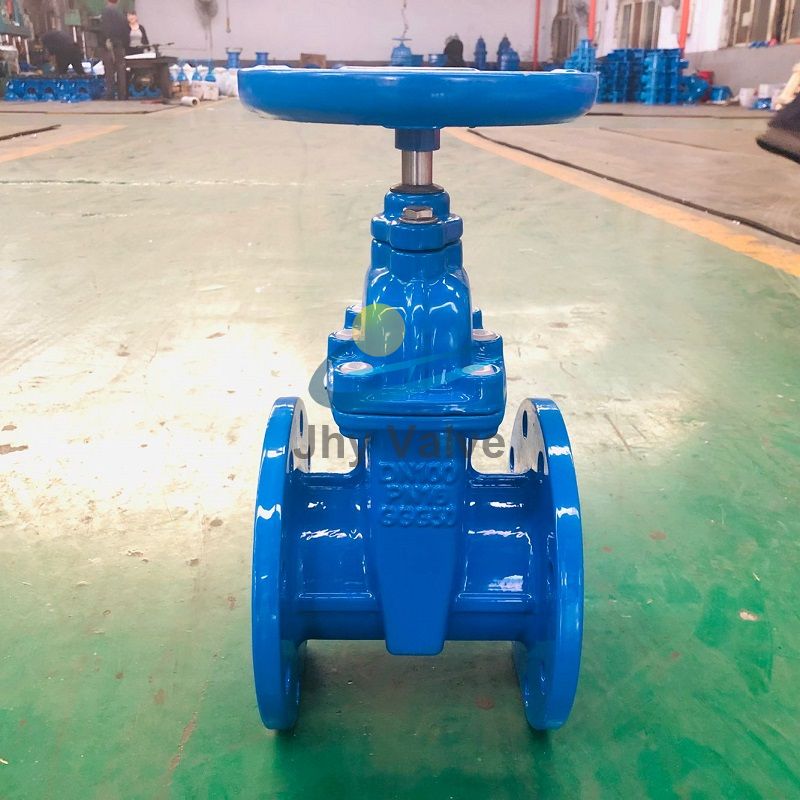
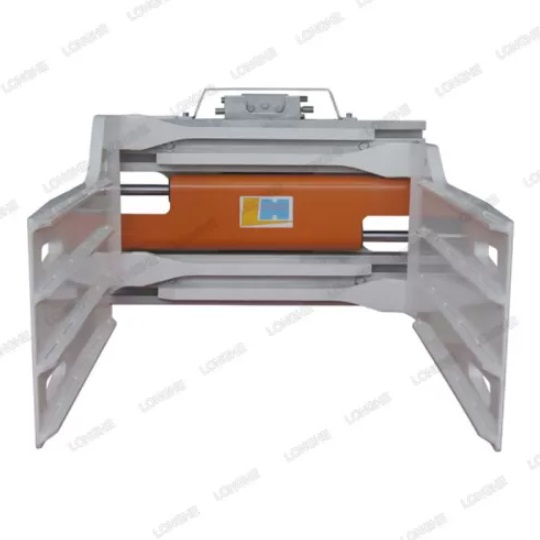
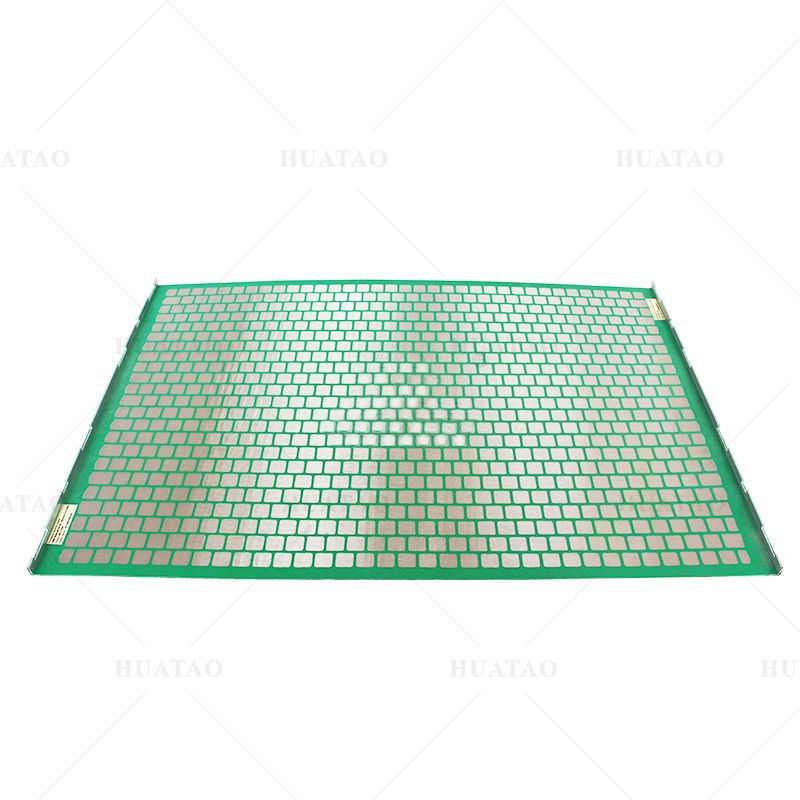

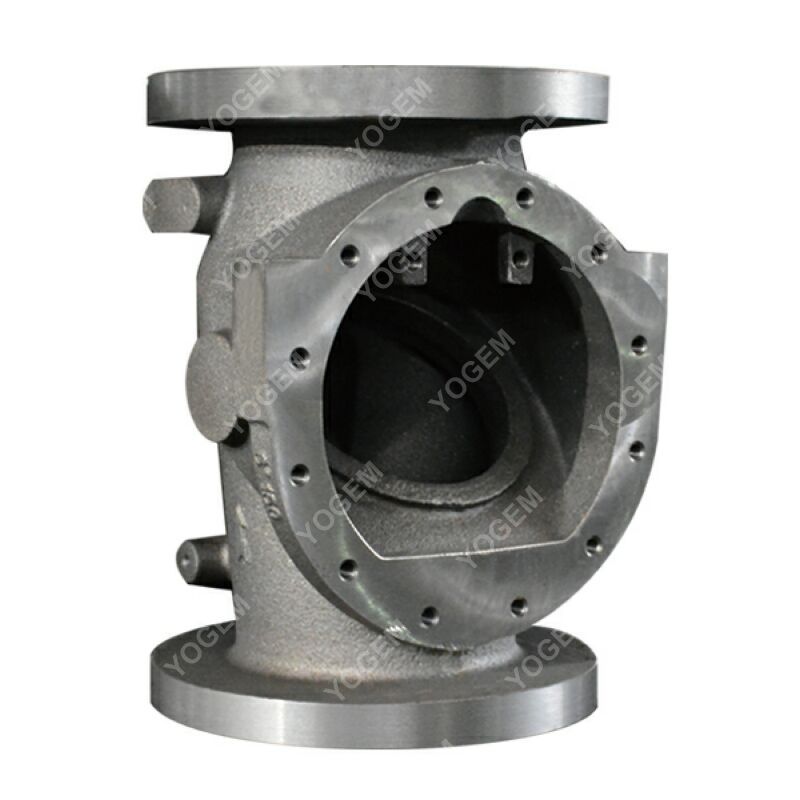
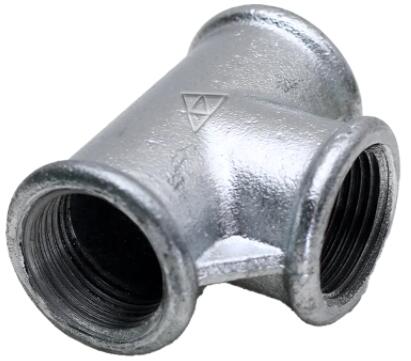
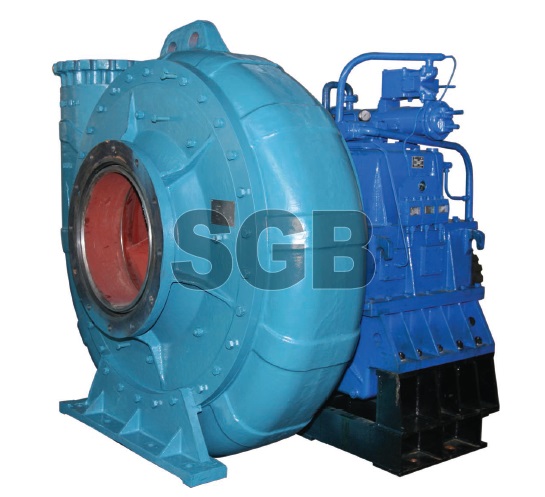

Comments
Please Join Us to post.
0